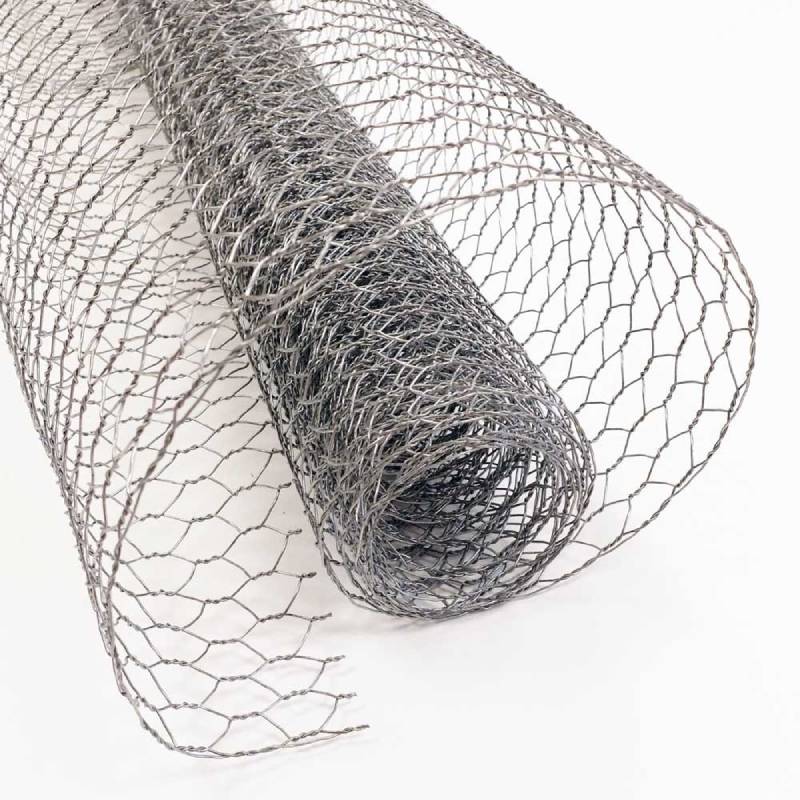Understanding the Benefits and Applications of Netting Fence in Various Environments
The Importance of Netting Fences in Modern Agriculture
In the ever-evolving realm of agriculture, farmers and landowners continually seek innovative solutions to enhance productivity while ensuring sustainability. One such solution that has gained popularity in recent years is the use of netting fences. These structures serve not only as physical barriers but also as essential tools for protecting crops and livestock from various threats. This article explores the significance of netting fences, their applications, and the benefits they offer to modern agriculture.
Netting fences are specialized enclosures made from durable mesh materials, designed to provide a protective barrier around agricultural fields. Their primary function is to safeguard crops from wildlife, such as deer, rabbits, and birds, which can cause substantial damage if left unchecked. The mesh design allows water and sunlight to penetrate, ensuring that crops can thrive while keeping pests at bay.
One of the most significant advantages of netting fences is their effectiveness in reducing crop loss. In many agricultural regions, wildlife can be a major threat to the successful harvest of fruits, vegetables, and grains. By erecting netting fences, farmers can significantly diminish the risk of infestations, allowing them to protect their yields without resorting to harmful pesticides or other chemical interventions. This not only preserves the integrity of the crops but also enhances the overall health of the ecosystem.
In addition to protecting crops, netting fences are also beneficial for livestock management
. Farmers often use these fences to create secure grazing areas for animals, preventing them from straying into undesired locations where they might encounter danger. This added layer of protection ensures the safety and well-being of livestock while also allowing farmers to manage their herds more effectively.netting fence

The environmental benefits of netting fences extend beyond mere pest control. These structures can play a role in sustainable farming practices by promoting biodiversity. By creating designated areas for wildlife to thrive, farmers can coexist with nature rather than trying to eliminate it. The mesh barriers can encourage the presence of beneficial species, such as pollinators and natural predators, which can contribute to a healthier farming ecosystem.
Moreover, netting fences are often more cost-effective and environmentally friendly than traditional fencing methods. They require less maintenance and can be easily repositioned or adjusted as needed. This flexibility is especially important in modern agriculture, where land management practices can change rapidly in response to market demands and environmental conditions. Unlike wooden or metal fences, which can be expensive to install and maintain, netting offers a more affordable solution without sacrificing durability.
Lastly, the installation of netting fences can also lead to enhanced crop quality. By protecting plants from physical damage and stress caused by wildlife disturbances, farmers can achieve higher-quality produce with better market value. Consumers are increasingly looking for organically grown and sustainably farmed products, and netting fences help farmers meet this demand by minimizing chemical inputs and environmental impact.
In conclusion, netting fences are emerging as a vital tool in the arsenal of modern agriculture. Their ability to protect crops and livestock, promote biodiversity, and support sustainable practices makes them a valuable investment for farmers looking to improve their yields while respecting the environment. As agricultural challenges continue to evolve, the role of innovative solutions like netting fences will undoubtedly become even more critical in ensuring food security and environmental sustainability for future generations. We can no longer view fencing merely as a barrier; instead, we should see it as a cornerstone of responsible agricultural management.
-
Space-Saving Chain Fence Hacks Vertical Gardening with Cyclone MeshNewsJul.16,2025
-
Innovations in Iron Nail Wire Production for Modern ConstructionNewsJul.16,2025
-
Creative Uses of Wire Netting Fence in Modern Landscape DesignNewsJul.16,2025
-
Barbed Wire Fence Innovations in Anti-Climb TechnologyNewsJul.16,2025
-
Architectural Uses of Umbrella Nails for Aesthetic Roof DesignsNewsJul.16,2025
-
Architectural Uses of Razor Barbed Wire in Secure Urban DesignNewsJul.16,2025




